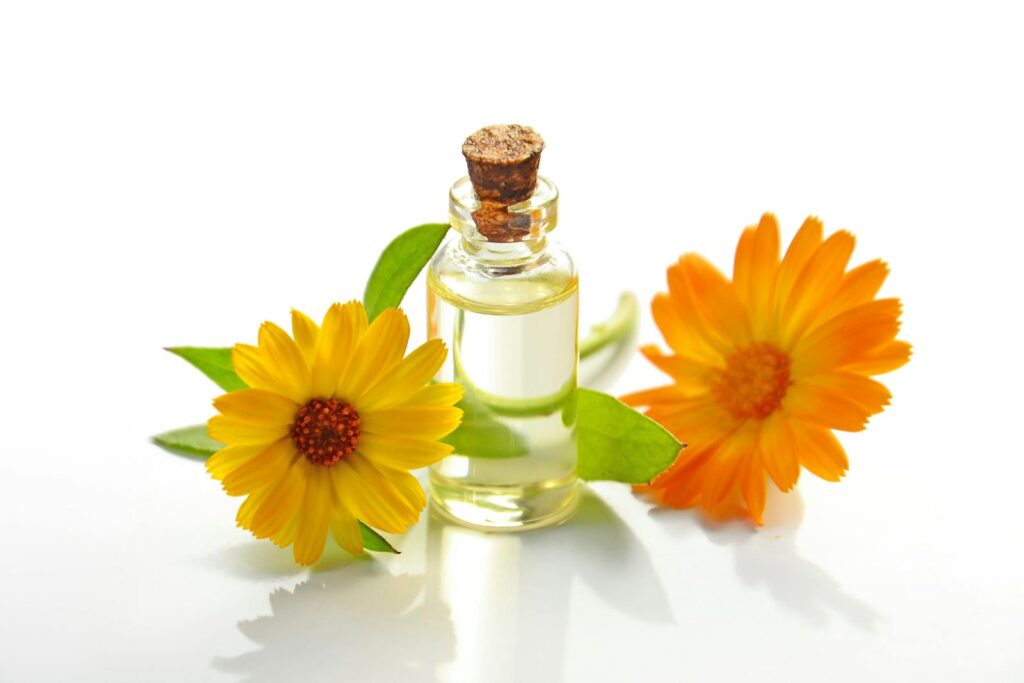A good rubdown already feels like a mini-vacation for tired limbs, yet many therapists are slipping a new additive into their blends that ramps up repair even after the table time ends. The secret is magnesium “oil,” a silky brine that soaks through skin and feeds overworked fibres the mineral they burn fastest during exercise.
“Magnesium oil turns ordinary kneading into a backstage pass for cellular repair.”
Traditional massage favourites—sweet almond, jojoba, and coconut—shine at reducing friction and hydrating skin, but they do little for the metabolic chaos inside sore muscles. That is where magnesium steps in. Every muscle contraction spends magnesium like a smartphone drains battery bars; micro-tears linger without a quick recharge, triggering stiffness and next-day groans. By blending five millilitres of magnesium oil into each tablespoon of carrier, therapists create a “power balm” that delivers the mineral right where depletion hurts most.
“Adding magnesium replenishes the fuel muscles use to bounce back from strain.”
Scientific curiosity caught up with spa wisdom in 2020, when researchers at the University of Canberra tested topical magnesium on collegiate sprinters. One leg of each athlete received a fifteen-minute magnesium-infused massage, while the other leg got the same strokes minus the mineral. Blood draws four hours later showed a 22-per cent rise in intracellular magnesium only in the treated limbs, along with a notable drop in creatine kinase, the enzyme that flags tissue damage. Athletes reported less soreness during subsequent training, suggesting the mineral was doing more than relaxing minds—it was patching fibres.
“Lab tests confirm that magnesium massage lowers damage markers and perceived pain.”
Sceptics often argue that skin blocks large molecules, yet magnesium chloride arrives in ionic form, small enough to slip through sweat ducts and hair follicles. Once inside, it activates ATP synthase—the enzyme that turns food into usable energy, restocking the body’s biochemical batteries. Dermatologists add that the brine’s hygroscopic nature pulls water into cells, easing inflammation like a microscopic cold compress. The result is a two-for-one effect: faster energy turnover and calmer tissue.
“Ions-sized molecules sneak past the skin’s gatekeepers and get straight to work.”
Texture can make or break a massage, so clinics usually temper magnesium’s slight tackiness with lightweight grapeseed or a dash of vitamin-E oil. Aromatics like lavender or eucalyptus lend spa-grade scent while masking the mineral’s faint seaside aroma. Home users can mimic the blend by mixing two teaspoons of store-bought magnesium oil with a quarter-cup of their favourite carrier and shaking well. Any leftover functions as a post-shower spray; avoid freshly shaved skin, where the mineral may tingle like ocean water on a scrape.
“A balanced recipe keeps muscles happy without leaving the skin feeling like sticky sand.”
Frequency matters more than quantity. Studies show tissue magnesium levels plateau after about twenty minutes of exposure. Hence, a short nightly rub on calves, quads, or typing-tired forearms outperforms a once-a-week marathon session. People with kidney disease or very low blood pressure should check with a physician first. Still, most healthy adults tolerate topical doses easily, experiencing only mild warmth that fades within minutes. For an extra boost, finishing the massage with a heating pad opens pores and speeds uptake, while a cool rinse afterwards seals moisture and calms any redness.
“Small, regular sessions load muscles with magnesium far better than rare, lengthy treatments.”
Massage may never replace solid sleep, balanced meals, or proper stretching, yet fortifying oil with magnesium gives recovery a legal, low-tech edge. Next time the workout log calls for hill repeats or heavy deadlifts, consider stashing a travel bottle of magnesium blend in the gym bag. Ten mindful minutes on tight spots could mean stepping out of bed tomorrow feeling ready, not rusty, and skipping the waddle that usually follows a hard push. Muscles perform the applause, but minerals write the encore—so why not give them a faster pen?
“A dash of magnesium in the oil can make the difference between barely moving and moving on.”

